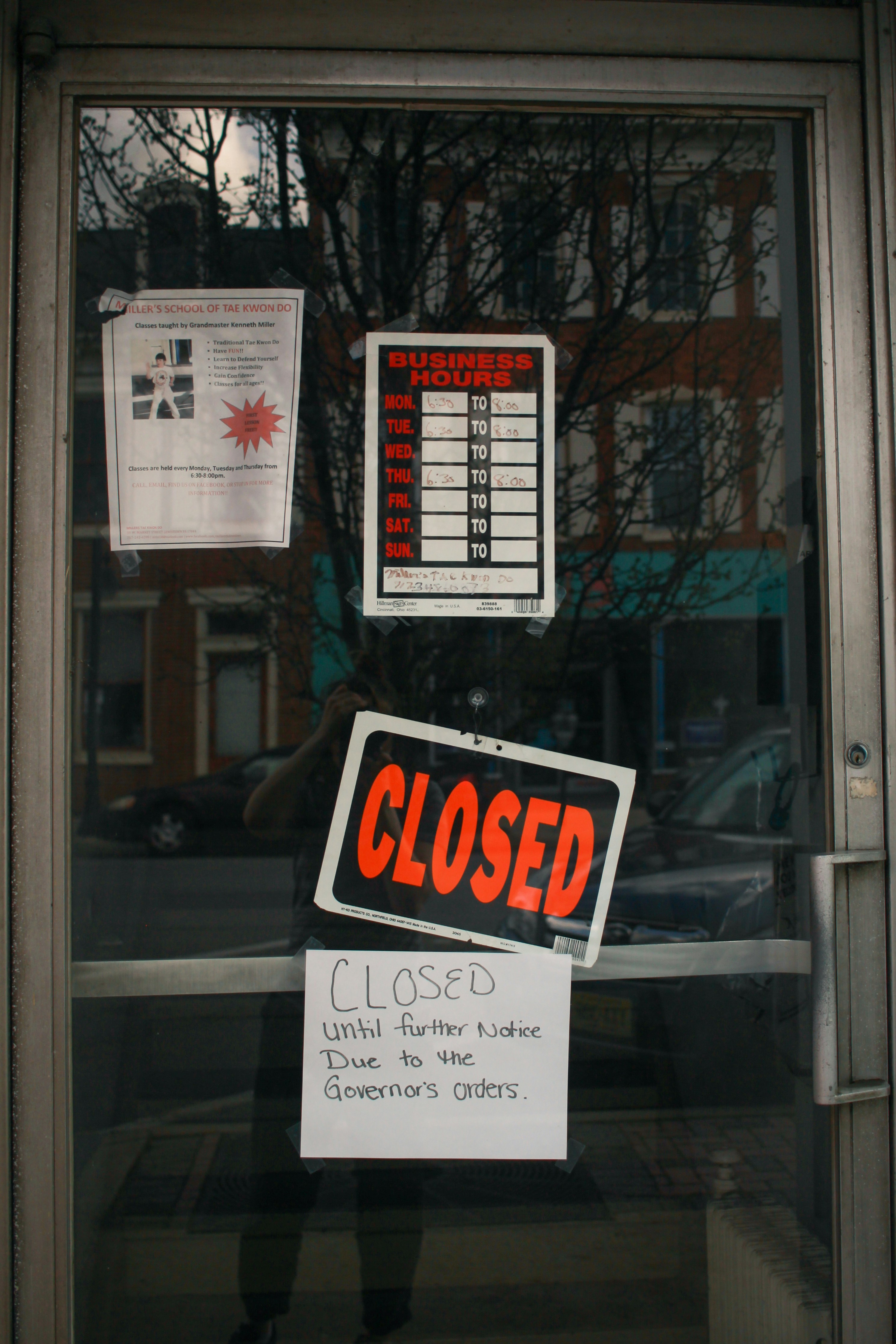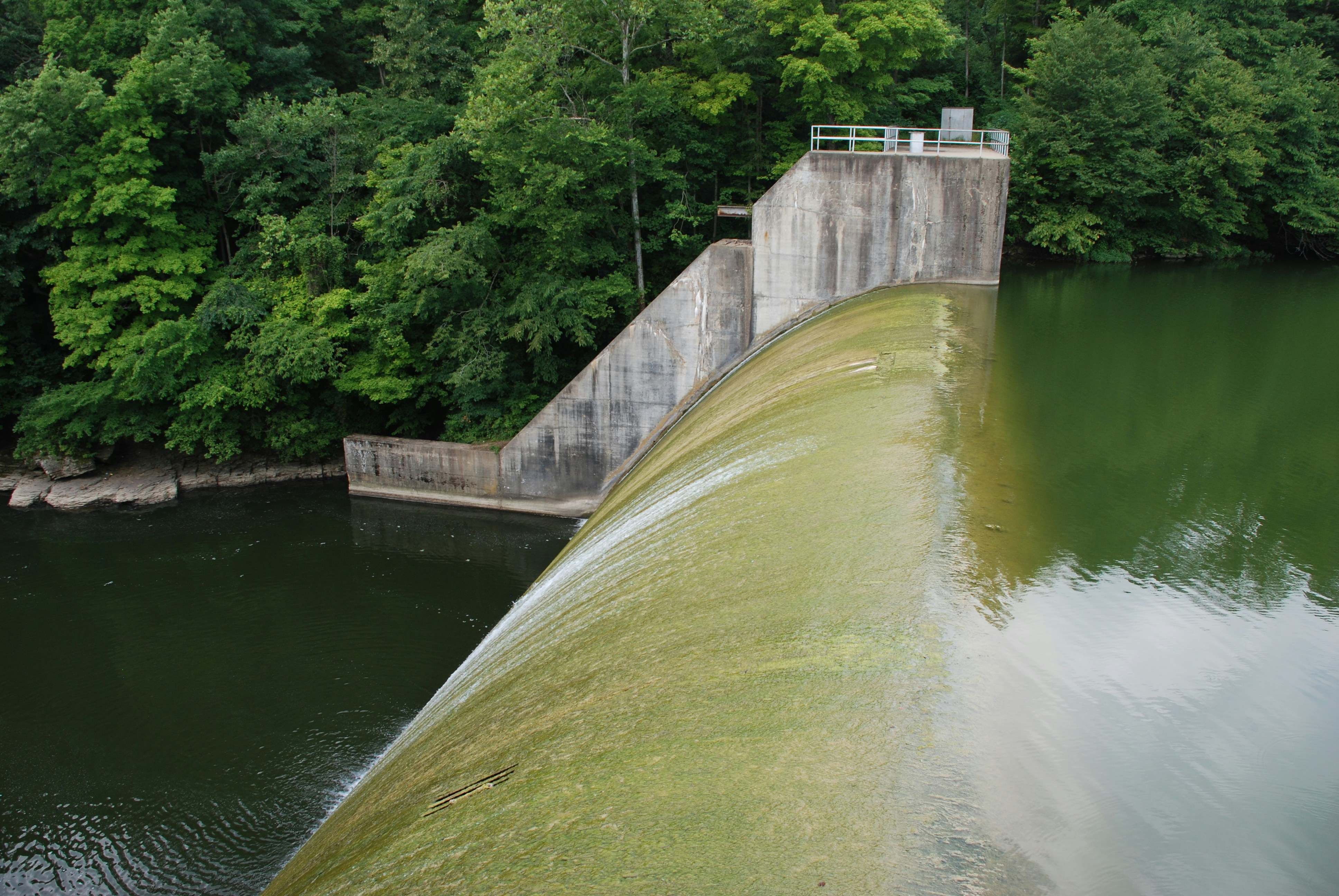
Dam Safety
Dam safety is an essential aspect of infrastructure management in the United States, given the crucial role dams play in water resource management, flood control, and energy generation. The safety and reliability of these structures are paramount, as dam failures can lead to catastrophic consequences. These incidents can result in loss of life, significant economic disruption, and severe environmental damage. The potential for dam failure highlights the importance of proactive maintenance and comprehensive monitoring systems.
Many dams across the country are aging, with some having been constructed several decades ago, when engineering standards and safety protocols were not as stringent as they are today. This aging infrastructure poses a significant risk, as deterioration, wear, and inadequate maintenance can compromise the structural integrity of a dam. As they age, many dams require extensive renovations and updates to ensure they can withstand extreme weather events and other stressors. Failure to address these issues may increase the likelihood of catastrophic incidents.
The economic impacts of dam failures can be extensive. Flooding caused by a dam breach can lead to property damage, loss of personal assets, and interruptions in local economies. Furthermore, the financial burden of recovery efforts can strain public resources and governmental budgets. Environmental devastation is another major concern; when a dam fails, it can release large volumes of water suddenly, damaging local ecosystems and disrupting natural habitats for wildlife.
In summary, dam safety is a critical issue in the United States that necessitates ongoing attention and investment. With an increasing number of vulnerable dams and the potential for disastrous outcomes, it’s essential to prioritize diligent maintenance and upgrading of these facilities to protect both human lives and the environment.
Overview of Dams in the U.S.
The United States boasts a vast network of dams that serve various critical functions across the country. Currently, there are approximately 91,500 dams registered in the national inventory, according to the United States Army Corps of Engineers. These structures are instrumental in flood control, hydropower generation, irrigation, water supply, and recreational activities. The multifaceted role of dams underscores their importance in managing the nation’s water resources and mitigating the risks associated with natural disasters.
Dams can be categorized into several types: earthen, concrete gravity, arch, and rockfill, each designed to fulfill specific operational needs. For instance, earthen dams, which are predominantly constructed from soil and clay, are typically employed for water supply and flood control purposes. In contrast, concrete gravity dams use their weight to resist the force of water, primarily generating hydroelectric power. This diversity in design reflects the varied geographical and hydrological conditions across the United States.
<pdespite 15,500=”” 50=”” a=”” about=”” additionally,=”” address=”” advocating=”” age=”” agencies=”” aging=”” altered=”” and=”” are=”” as=”” average=”” awareness=”” can=”” challenges=”” change=”” classified=”” climate=”” component=”” continue=”” costs=”” could=”” crucial=”” dam=”” damage.=”” dams=”” due=”” efforts.=”” ensure=”” exceeds=”” existing=”” face=”” failure=”” federal=”” for=”” fostering=”” funding=”” government=”” help=”” high-hazard=”” hinder=”” improvements,=”” in=”” increase=”” infrastructure=”” infrastructure.
Criteria for Assessing Dam Safety
Evaluating dam safety is a multifaceted process that incorporates various criteria and methodologies to ensure the structural reliability and operational efficiency of these critical infrastructures. The primary aspect assessed is the structural integrity of the dam, which involves comprehensive inspections and evaluations of the dam’s materials, design, and construction techniques. Engineers utilize standardized procedures such as visual inspections, deformity assessments, and monitoring of stress levels to identify potential weaknesses or failures in dam structure.
Another crucial factor in assessing dam safety is the operational history, which includes a thorough review of maintenance records, operational protocols, and past incidents. A dam with a troubling operational history, such as repeated mechanical failures or maintenance delays, may be viewed with increased caution. During the assessment, the quality and frequency of inspections are scrutinized to ensure that any issues have been promptly addressed, reflecting on the operational reliability of the structure.
Environmental impacts also play a vital role in determining the safety of a dam. Evaluators consider how a dam’s presence affects local ecosystems, water quality, and sediment transport. An increase in sedimentation rates or changes in aquatic habitats can signal potential risks, requiring further examination of how the dam interacts with its surrounding environment. Evaluating these factors helps ensure not only the safety of the dam but also the health of the ecosystems downstream.
Lastly, emergency preparedness plans are a fundamental component of dam safety assessments. These plans outline protocols for responding to potential failures, including evacuation routes and communication strategies with local authorities. Assessors review the robustness of these plans and the training provided to staff and emergency responders. By systematically addressing these criteria, safety professionals can categorize various dams based on their risk levels and prioritize necessary interventions or reinforcements.
Identifying the Most At-Risk Dams
Identifying the most at-risk dams in the United States involves a comprehensive assessment of various factors that contribute to the potential for failure. This process integrates data from numerous studies, government reports, and insights from civil engineering experts. The evaluation criteria encompass the dam’s structural integrity, age, maintenance records, emergency preparedness, and environmental conditions surrounding the dam.
Recent research conducted by the American Society of Civil Engineers (ASCE) highlighted that many dams across the nation are aged and may lack the necessary upgrades to meet modern safety standards. For instance, a significant portion of the nation’s dams, particularly those built prior to the implementation of contemporary engineering practices, pose heightened risks. Additionally, climate change introduces variables such as increased rainfall and flooding, affecting the capacity of these structures to withstand extreme weather events.
Furthermore, reports from the Federal Emergency Management Agency (FEMA) illustrate that some dams are situated in densely populated areas, amplifying the risk associated with potential failures. These studies prioritize dams that have a history of operational issues or those that receive less frequent inspections, which increases their vulnerability. The collaboration between various agencies has fostered a more thorough analysis of dam conditions, which is crucial for public safety.
Expert opinions also play a vital role in identifying high-risk dams. Engineers and hydrologists have weighed in on specific structures, providing valuable insights into the technical aspects that could lead to catastrophic failures. By combining empirical evidence with expert analysis, a preliminary list of the six most at-risk dams has been created. This selection serves as a critical starting point for further discussions and evaluations in the following sections, where each identified dam will be explored in detail, considering its unique challenges and risks.
Profile of the First At-Risk Dam
The first dam identified as being at high risk of failure is the Oroville Dam, located in Northern California. This earthen embankment dam was originally constructed in the 1960s and serves primarily as a water storage reservoir for the State Water Project, which supplies water to millions of residents and agricultural lands in the region. The dam, with a height of roughly 770 feet, is the tallest in the United States and plays a critical role in managing water resources amidst California’s recurrent drought conditions.
However, the current condition of the Oroville Dam raises significant concerns among experts and regulatory agencies. In February 2017, the dam was at the center of a near catastrophic failure, which prompted the evacuation of nearly 200,000 people downstream. During a heavy rainstorm, the primary spillway failed, leading to large amounts of water cascading around the dam structure. Subsequent inspections revealed severe erosion and structural damage that necessitated immediate attention and extensive repair efforts.
The issues contributing to the risk level of the Oroville Dam mainly include aging infrastructure, inadequate spillway capacity, and potential geological instability in the area. Since the 2017 incident, which involved temporary emergency measures, ongoing evaluations have been conducted. These inspections have revealed that while repair work is progressing, significant vulnerabilities remain that could pose a threat during heavy rainfall or seismic events. Concerns about climate change, increased extreme weather patterns, and fluctuating water levels further exacerbate the dam’s situation. The ongoing assessment of the Oroville Dam exemplifies the urgent need for comprehensive risk management strategies to safeguard both the structure and the communities reliant on its services.
Profile of the Second At-Risk Dam
The second dam identified as particularly at risk of failure in the United States is the Oroville Dam, located in Northern California. Initially completed in 1968, this structure is known for its height as the tallest earthfill dam in the U.S., rising 770 feet above the Feather River. The historical significance of the Oroville Dam lies not only in its engineering marvel but also in its role in providing critical water supply, hydropower, and flood control to the surrounding communities. However, its status as a vital infrastructure project is being overshadowed by the increasing vulnerabilities it faces due to aging components and extreme weather phenomena.
One of the primary challenges that Oroville Dam encounters is related to its spillway system, which suffered a catastrophic failure in February 2017, leading to the evacuation of nearly 200,000 residents downstream. This incident underscored the dam’s susceptibility to heavy rainfall and the urgent need for significant rehabilitation work. The failure revealed critical deficiencies in the design and maintenance protocols, sparking serious concerns regarding the integrity of the entire structure and its capacity to handle future extreme weather events.
In response to these challenges, various remediation efforts are underway. The California Department of Water Resources has invested heavily in repair strategies, including the reconstruction of the damaged spillway and improvements to monitoring systems. Hydraulic and geological assessments have been conducted to better understand soil stability and erosion issues. Furthermore, proposals for increasing the structural resilience of the dam are being explored by engineers and policymakers alike. Despite these efforts, the Oroville Dam remains a stark reminder of the myriad risks facing aging infrastructure in a changing climate, necessitating ongoing vigilance and investment to ensure public safety.
Profiles of Remaining At-Risk Dams
The United States has various dams serving crucial functions, but with age and structural deficiencies, several have become points of concern. This section discusses four significant dams identified as particularly at risk of failing, outlining their locations, purposes, current conditions, and the specific vulnerabilities that have led to their inclusion on the at-risk list.
The first dam is the **Moffat Tunnel** in Colorado. Originally constructed for water diversion to serve the Denver metropolitan area, it plays a vital role in providing water supply. However, geological instability in the area, coupled with aging infrastructure, has prompted concerns about its integrity. Recent assessments have indicated signs of cracking, raising alarms regarding its potential failure during extreme weather events.
Next, we examine the **Lake Livingston Dam** located in Texas. This dam primarily serves flood control and water supply. Although it has undergone several rehabilitation projects, a report indicating inadequate spillway capacity has brought its vulnerabilities to light. Heavy rainfall events, which are likely to increase in intensity due to climate change, could severely test this structure’s limits, making it essential to address these concerns promptly.
The **Potomac River Dam** situated in Virginia is yet another critical structure facing significant risks. Built for hydroelectric power generation, it also supports local flood management. However, evaluations have revealed a significant buildup of sediment behind the dam, hampering its flood control capabilities. Additionally, corrosion in essential components threatens its overall performance, necessitating immediate attention to avoid catastrophic consequences.
Lastly, the **Oroville Dam** in California has gained notoriety due to past emergency evacuations. This dam, which plays a pivotal role in water supply and flood control, has been challenged by severe weather, leading to erosion of its spillways. Continuous monitoring and improvements are required to enhance its safety, as the dam’s vulnerabilities could pose severe risks if not addressed.
Collectively, these dams underscore a broader concern regarding aging infrastructure, environmental changes, and the urgent need for remedial actions to ensure public safety and structural reliability.
The Importance of Proactive Measures
Proactive measures play a critical role in mitigating the risks associated with dam failures. Given the potential consequences of structural failures, such as loss of life and property, it is imperative that dam owners and authorities prioritize necessary maintenance and upgrades to aging infrastructure. Regular inspections are essential to identify any structural weaknesses or deterioration that may jeopardize the integrity of a dam. These assessments can help formulate a strategic plan for maintenance and repairs, ensuring that the dams can withstand environmental stressors and remain reliable over time.
Upgrading old infrastructure is another crucial component of a proactive approach. Many dams across the United States were built during earlier engineering eras when standards were less stringent. Retrofitting these structures with modern materials and engineering practices can significantly enhance their resilience. Investing in such upgrades not only addresses immediate vulnerabilities but also contributes to the overall longevity and functionality of the dam, reducing the risk of catastrophic failures in the future.
In the age of technology, implementing advanced monitoring systems is also vital. Dams equipped with real-time monitoring technologies can provide essential data related to structural conditions, including hydrostatic pressure, seismic activity, and water levels. These systems enable early identification of potentially dangerous conditions, allowing for timely intervention and remediation efforts. Furthermore, integrating predictive maintenance algorithms can optimize maintenance schedules, preventing failures before they occur.
Additionally, best practices for emergency preparedness should be established and regularly updated. It is crucial for communities located downstream of dams to have effective emergency response plans in place. Such plans should include clear communication strategies, evacuation routes, and regular drills to ensure that residents are well-informed and prepared for any potential emergencies. By prioritizing these proactive measures, the risks associated with dams can be substantially minimized, supporting not just immediate safety but also long-term sustainability of these essential infrastructures.
Conclusion and Call to Action
Throughout this discussion, we have highlighted six of the most at-risk dams in the United States, illustrating the potential threats these structures pose to surrounding communities and ecosystems. The dangers associated with aging infrastructure, inadequate maintenance, and insufficient safety protocols cannot be overstated. Each dam serves as a reminder of the urgent need for enhanced monitoring and investment in infrastructure to mitigate these risks.
A key takeaway is that public awareness plays a crucial role in addressing the issues surrounding dam safety. By understanding the vulnerabilities of these dams, individuals can become more informed about the risks in their own communities. Furthermore, raising awareness can lead to greater community engagement and advocacy for necessary reforms in dam safety oversight. It is imperative that citizens and local groups unite to pressure government officials to allocate funding explicitly aimed at improving dam safety measures and to conduct regular safety assessments.
Moreover, this situation calls for collective action. We encourage you to participate in local discussions, support organizations dedicated to environmental and public safety, and advocate for policies that prioritize infrastructure investment. Engaging in community efforts not only raises awareness but also promotes a culture of safety and accountability. Your voice can help spur change and potentially save lives by driving the conversation around the urgent need for dam reform.
In conclusion, the risks posed by deteriorating dam infrastructure are substantial and warrant immediate attention. By fostering a sense of urgency and solidarity regarding dam safety, we can work together to create safer environments for current and future generations. Let us act proactively to protect our communities and environment from the dangers of failing dams.

















+ There are no comments
Add yours